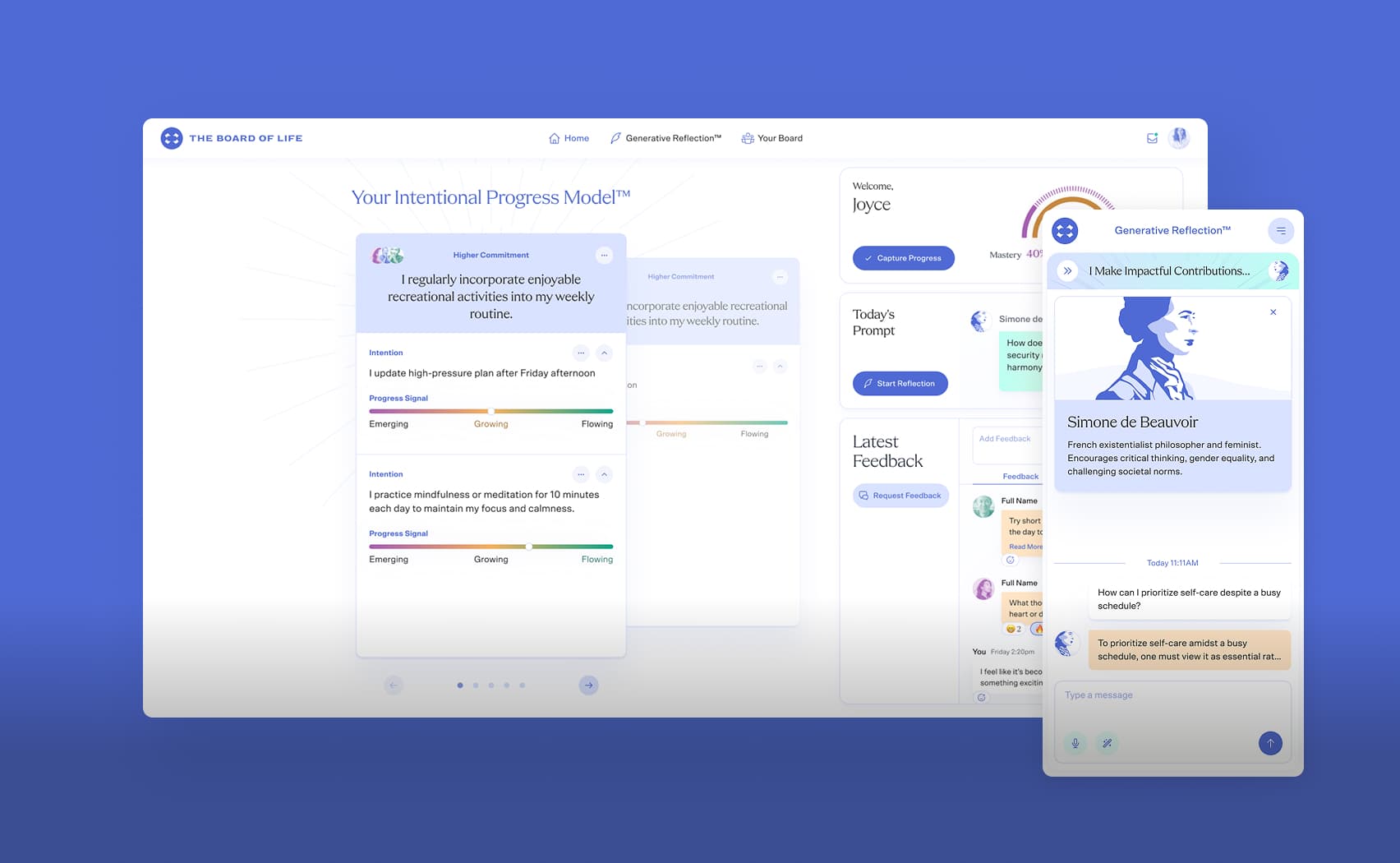CSS Scroll Snap for Overflow Elements
Creating smooth, native-feeling horizontal tab navigation is essential for modern web applications. CSS Scroll Snap provides an elegant solution that ensures your tabs feel polished and intuitive across all devices, with special attention to mobile touch interactions.
Basic Implementation
The standard overflow approach works quite roughly on mobile devices — the user can just scroll and stop at any random position, which doesn’t feel native.
Native-feeling Implementation
For horizontal scrolling elements, use these key properties:
.tabs__list {
overflow-x: auto;
scroll-snap-type: x mandatory;
}
.tabs__link {
scroll-snap-align: start;
}
How It Works
scroll-snap-type: x mandatory- Forces the scroll container to snap to defined points along the x-axisscroll-snap-align: start- Each tab will snap to align with the start of the scroll container
This creates a smooth scrolling experience where users can swipe through tabs, and the scroll will automatically snap to the beginning of each tab item.
Mobile-First Approach: Touch Scrolling
For better native mobile behavior, especially on iOS and Android devices, add momentum scrolling:
.tabs__list {
overflow-x: auto;
scroll-snap-type: x mandatory;
-webkit-overflow-scrolling: touch; /* Enables momentum scrolling on iOS */
}
The -webkit-overflow-scrolling: touch property enables native momentum scrolling on iOS devices, making the horizontal scroll feel more natural and responsive to touch gestures. This creates the smooth, bouncy scroll behavior users expect from native mobile apps.
Controlling Initial Scroll Position
By default, scroll snapping starts from the very beginning of the container. If you need the scroll to start with some offset (for example, to account for padding or spacing), use:
.tabs__list {
overflow-x: auto;
scroll-snap-type: x mandatory;
scroll-padding-inline: 20px; /* Adds 20px offset from start/end */
}
The scroll-padding-inline property creates an offset zone, so the first tab won't snap directly to the edge but will maintain the specified distance from the container's start.
Complete Example
Here's a complete implementation:
.tabs__list {
display: flex;
overflow-x: auto;
scroll-snap-type: x mandatory;
-webkit-overflow-scrolling: touch;
gap: 2rem;
}
.tabs__link {
scroll-snap-align: start;
white-space: nowrap;
padding: 0.75rem 1rem;
}
Benefits
Improved UX: Smooth, predictable scrolling behavior
Touch-friendly: Works great on mobile devices with swipe gestures
Native feel: Momentum scrolling makes it feel like native mobile navigation
Accessibility: Maintains keyboard navigation while enhancing scroll behavior
No JavaScript required: Pure CSS solution
Cross-platform consistency: Works uniformly across different devices and browsers
Browser Support
CSS Scroll Snap has excellent modern browser support. The -webkit-overflow-scrolling: touch property is specifically for iOS Safari and older WebKit browsers, ensuring backward compatibility for mobile devices.



